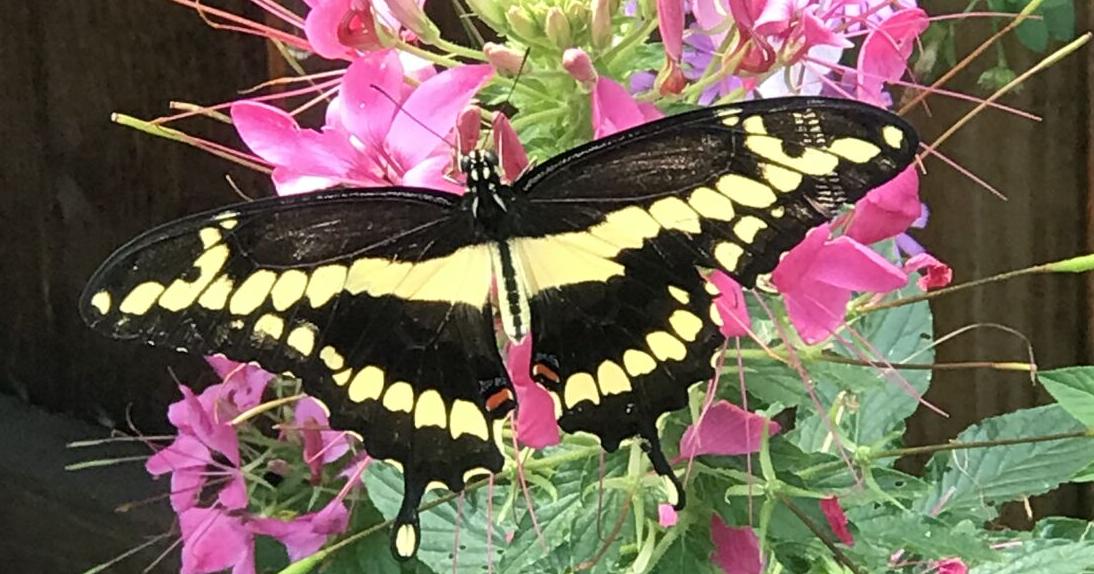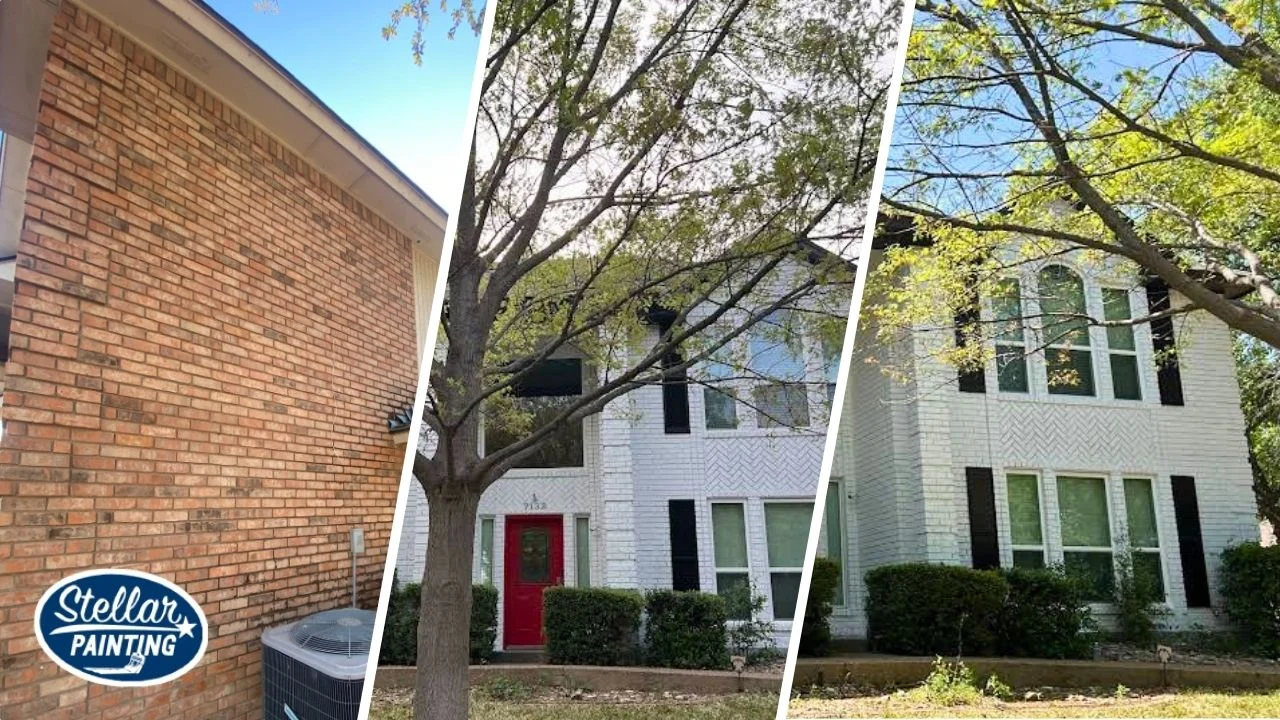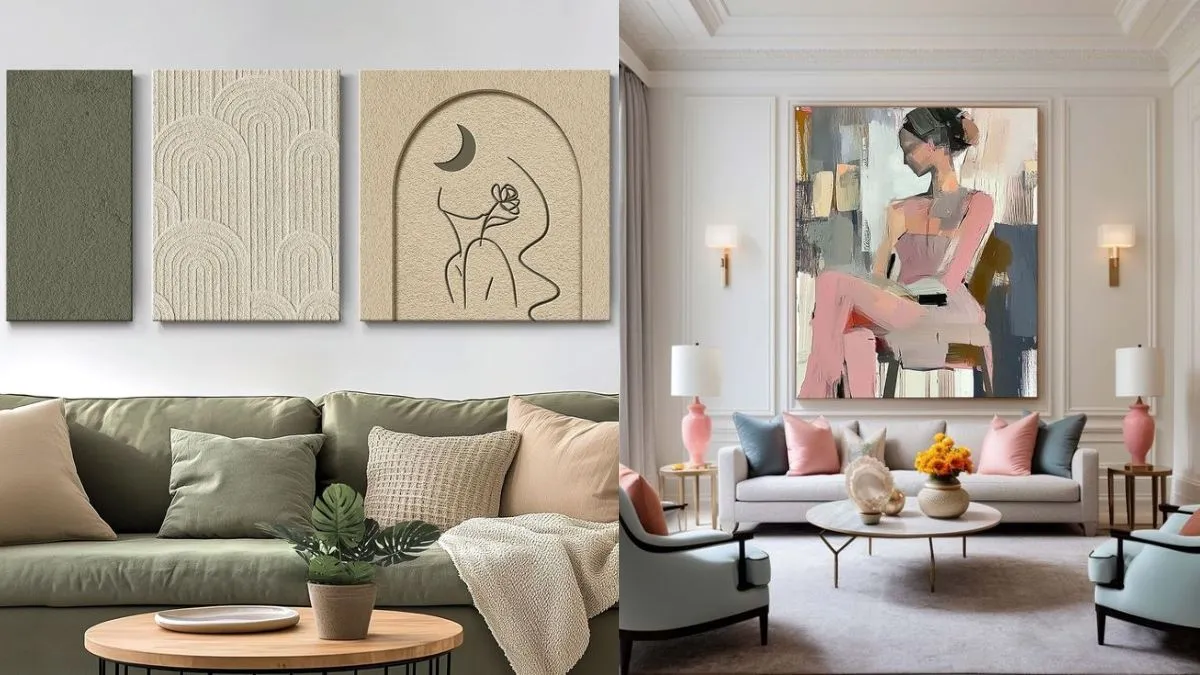The special delivery arrived in 1805, addressed to “Miss Mary Steele, Mrs. Keets School, Annapolis.”
Probably wrapped in fabric, then paper and sealed with wax, the landscape painting was the perfect present for a 16-year-old girl attending a school for young ladies. As she practiced her needlepoint or elocution Miss Steele could glance up at her wall and see a tranquil river, winding under a bridge and beside it, a shepherd leading his flock up a hill.
“It’s a fantasy,” said Barbara Goyette, executive director of the Hammond-Harwood House in Annapolis, which has owned the painting since 2006. On Saturday, the historic house museum hosted a symposium to discuss the landscape’s provenance and explained how they are just now changing the name of the artist who created it: William Groombridge, the first trained British landscape artist to work in the United States.
“It was quite a chase,” said Lucinda Dukes Edinberg, now the painting’s proud curator at Hammond-Harwood House.
The pastoral oil remained in Miss Steele’s family for 201 years, passed down through generations that included Maryland Gov. Phillips Goldborough. But somewhere within those two centuries, Miss Steele’s descendants forgot the painting was once a special delivery, and instead assumed the landscape was painted by their talented ancestor. After all, it was neatly written on three lines on the back of the canvas:
Miss Mary Steele
Mrs. Keets’ School, Annapolis
1805
That theory seemed solid until last year, when prominent Maryland art collector and scholar Stiles Colwill visited the Hammond-Harwood House to give a talk on portrait painter Charles Willson Peale. Colwill owns two Groombridge paintings himself, and remarked to Edinburg that Miss Steele’s painting did not look like the work of a 16-year-old girl.
“I said, ‘I am sorry, and I don’t know who Mary Steele is, but I don’t think that girl painted that painting,’” Stiles recalled. He snapped a photo, and kept mulling on the distinctive sky, a swirl of ombre pastel. ”The more I looked at it, I was like, this looks like William Groombridge.”
Born in Tunbridge, England in 1748, Groombridge trained at London’s Royal Academy and exhibited there on several documented occasions between 1770 and 1790. After a stint in debtor’s prison, he immigrated to the U.S. in 1793 and helped organize what would become the Pennsylvania Academy of Fine Arts. It was in Philadelphia that he met his wife, Catherine, a watercolor artist who ran a school for women. For reasons that remain unclear, the couple relocated to Baltimore in 1804.
At the corner of East and Calvert streets, Catherine opened a “ladies academy” where she taught everything from Italian to “fancy basket” making to “the improvement of manners,” according to newspaper advertisements.
When Groombridge died in 1811, he was not a well-known artist.. But because he painted landscapes at a time when most American artists focused on portraiture, and before the invention of tubes allowed for plein air painting, he would eventually be recognized as a pioneering landscape artist and forerunner to the Hudson River School.
Only about 20 verified Groombridge paintings exist, Colwill said. In addition to the six in Maryland, several are in museums across the U.S. (Philadelphia, Santa Barbara, California, and Chicago) and Europe (England and the Netherlands.) The paintings’ value continues to climb. In 2009, Christie’s auction house expected to fetch no more than 8,000 pounds for “an extensive river landscape” by Groombridge. It sold for 16,250 pounds, nearly $20,000 at today’s exchange rate.
There’s good news for art collectors on a budget: Walmart sells framed Groombridge prints for just $75.
The bottom line: A William Groombridge is much more valuable than a Mary Steele, who has no other paintings to her name.
Colwill’s initial suggestion kicked off months of research involving historians and curators around the state. The Maryland Center for History and Culture, where Colwill formerly worked as a museum director, has a confirmed Groombridge. Homewood Museum, where he has served as a guest curator, has two hanging in its drawing room.
Edinberg and Colwill arranged for a “Groombridge study day” in Baltimore where curators compared all six paintings in person. Everyone agreed: It’s a Groombridge. Telltale signs include the aforementioned pastel sky and the aqueduct-style bridge over the lazy river. No bridges existed like that in Baltimore until the 1830s, but “there were a million in England,” Edinburg said.
Also appearing in multiple paintings: tiny strokes of leaves and little white scrolls to suggest birds.
“The details are very similar,” Goyette said. “There’s no doubt.”
At Saturday’s symposium, Catherine Rogers Arthur, vice president of collections and chief curator of the Maryland Center for History and Culture (formerly the Maryland Historical Society) and Arthur Wheelock, a former curator at the National Gallery of Art, both expounded upon their findings, which are sure to disappoint fans of Mary Steele, previously known as a one-painting prodigy.
“It was a great story to tell,” Goyette said. “To have it proven incorrect has really distressed some of our guides.”
When the Hammond-Harwood House purchased the painting for $4,000 in 2006, the 16-year-old artist was part of its appeal. Charlotte Goldsborough Fletcher, a librarian at St. John’s College, hung the painting in her dining room, Goyette said. Fletcher willed two other paintings to the house, prompting the board to purchase the landscape at a gallery handling the estate’s remaining artwork.
“There were young women living in this house at the same time period, and so [the painting] is part of our Annapolis story of what their lives would have been like,” Goyette said.
The Morning Sun
Daily
Get your morning news in your e-mail inbox. Get all the top news and sports from the baltimoresun.com.
The palatial estate on Maryland Avenue is staged to how it would have looked around 1811, when Judge Jeremiah Townley Chase, who lived around the corner on King George Street, bought the house for his daughter, Frances “Fanny” Chase Loockerman. William Buckland designed the brick home with fine symmetry in mind, although history suggests things got quite chaotic. Fanny and husband Richard would eventually have 10 children; displaying work by a 16-year-old girl who lived in the neighborhood seemed appropriate.
“Of course, everyone who looked at the painting said, ‘Really? A 16-year-old?’” Goyette said.
Originally from Dorchester County, Mary Steele likely boarded with her grandparents on Randall Street while attending Mrs. Keets’ School. A portrait of her mother, a stunning redhead named Mary Nevett Steele, has been exhibited at the National Gallery, so historians know the family had good taste, and the money to commission and purchase art.
“Instead of a Britney Spears poster, she had a Groombridge painting on her wall,” Goyette said, providing an analogous reason for Mary to appreciate the painting.
Exactly how the Steeles are connected with Groombridge is still a bit fuzzy, but Mary’s Annapolitan step-grandfather, James Murray, was a personal physician for Thomas Jefferson, and Edinburg found a reference to Groombridge in Jefferson’s correspondence: It appears the artist was “supposed to deliver some artwork,” Edinburg said. “He was in those circles.”
Those details may eventually become part of the painting’s story. For now, what art sleuths know is that Mary Steele did not sign the back of the painting because she created it. She may not even have signed it at all.
“Our theory about the labeling on the back is now that it’s just that: an address,” Edinburg said. “It’s not her signature.”







:quality(70)/cloudfront-us-east-1.images.arcpublishing.com/tronc/4UZPRZQPUJHF3CH3ZYINM3IZH4.jpg)



